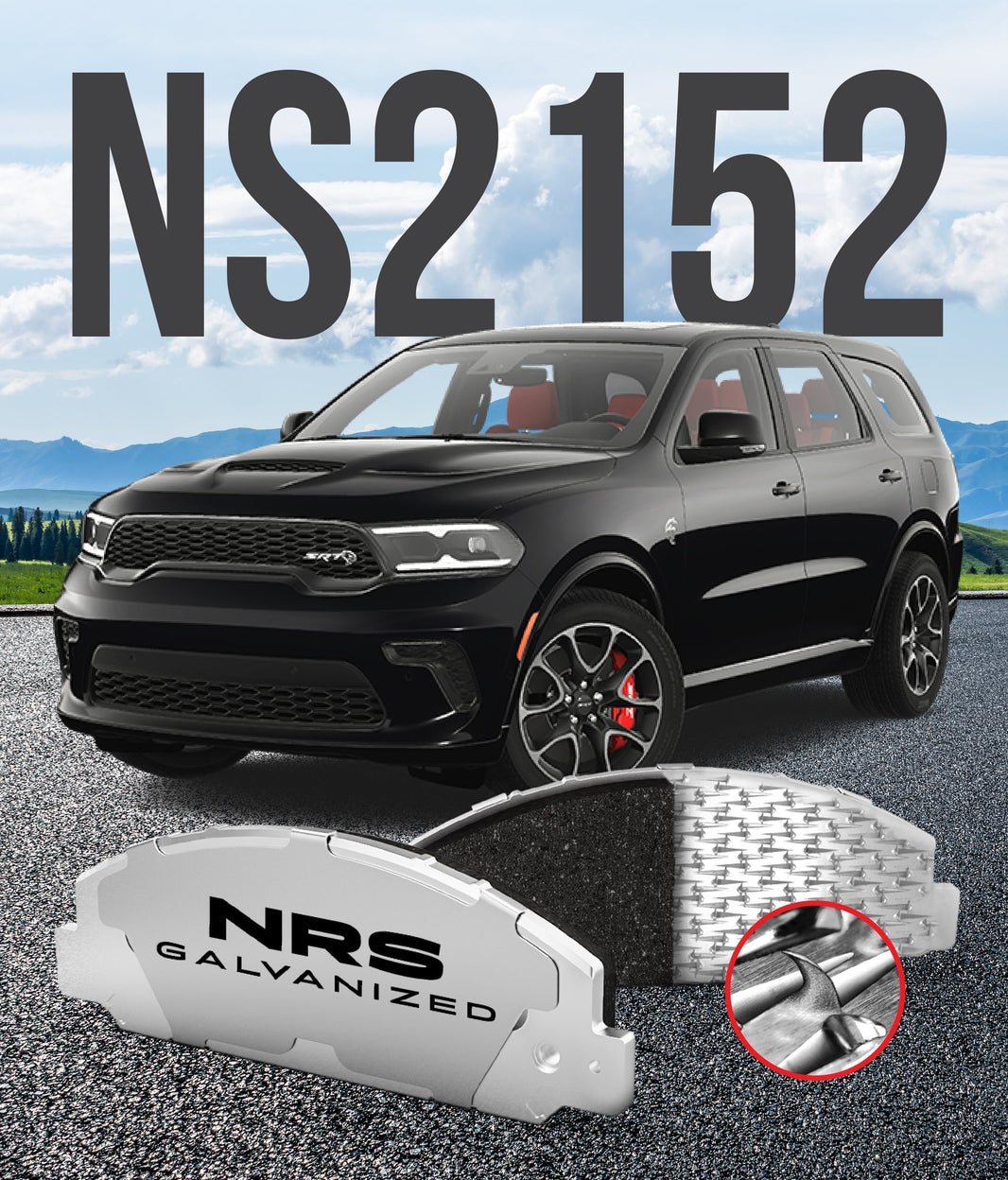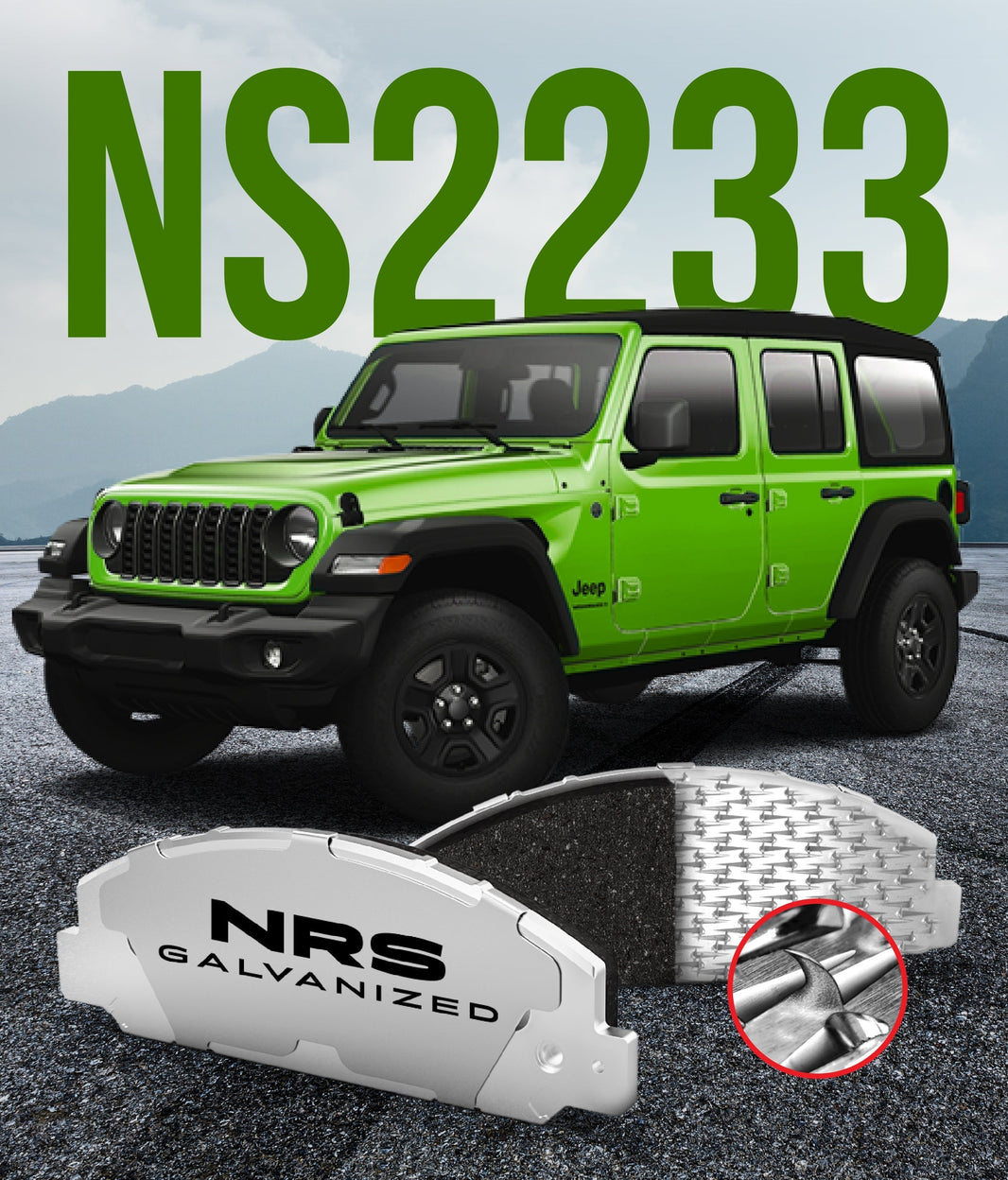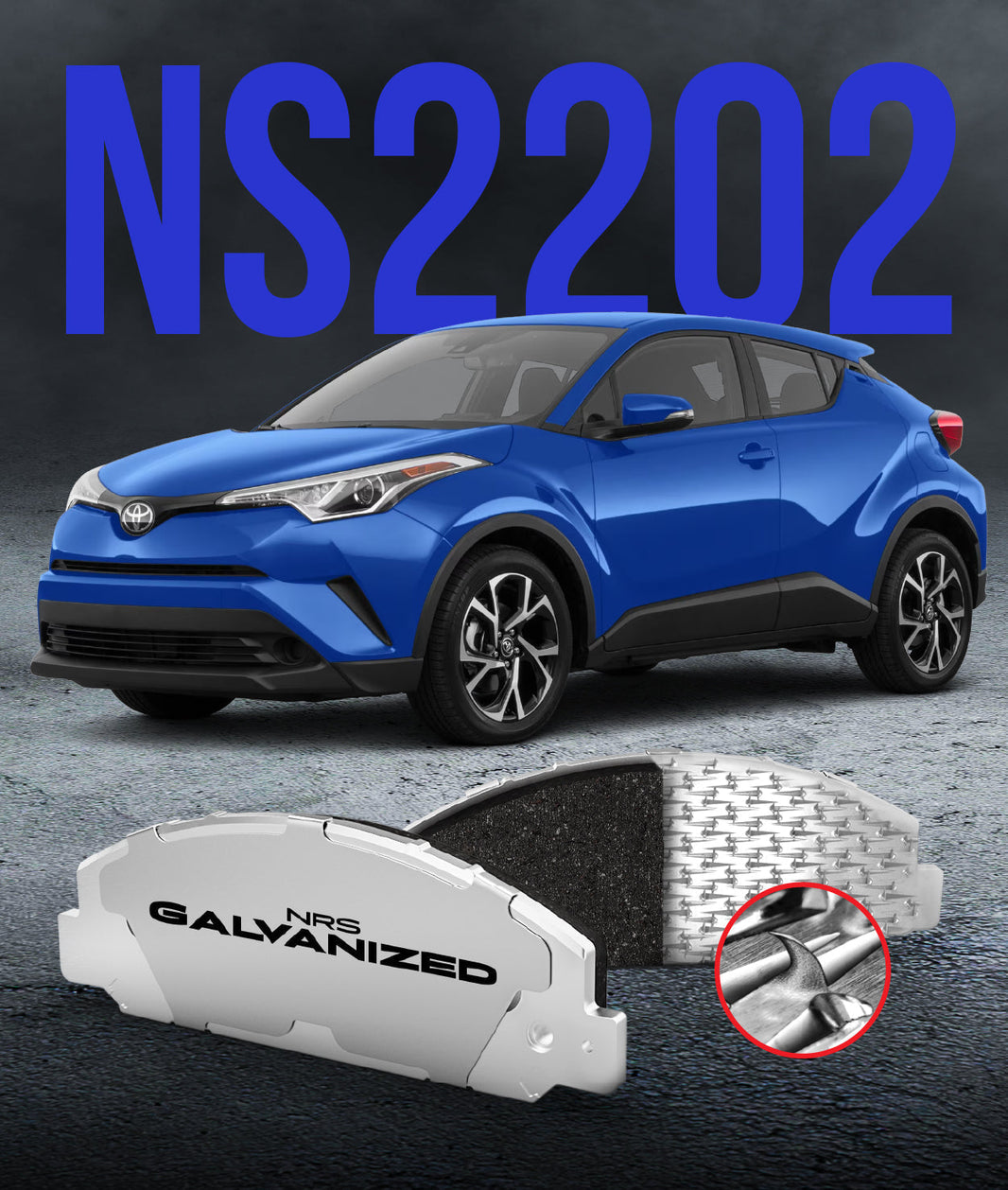 Once you know the baseline cost for your vehicle type, the next major factor influencing your brake job estimate is the one you have the most control over: the quality of the brake pads you choose to install. In the world of auto parts, the saying "you get what you pay for" is especially true for brakes.
Once you know the baseline cost for your vehicle type, the next major factor influencing your brake job estimate is the one you have the most control over: the quality of the brake pads you choose to install. In the world of auto parts, the saying "you get what you pay for" is especially true for brakes.
While it can be tempting to choose the cheapest option to minimize the immediate repair bill, this often proves to be a short-sighted strategy. Understanding the difference between brake pad tiers reveals why a higher initial investment in a quality pad can lead to significant long-term savings.
The Budget Option: Organic Pads
Organic brake pads are made from a mixture of non-metallic materials like fibers, resins, and fillers bonded together.
-
Pros: They are the least expensive option and are typically very quiet.
-
Cons: They wear out much faster than other materials, create a significant amount of brake dust, and are not suitable for heavy vehicles or aggressive driving.
-
The Real Cost: Because they wear out so quickly, you will likely be paying for another brake job (including parts AND labor) much sooner.
The Workhorse: Semi-Metallic Pads
These pads contain a high percentage of metal fibers (like steel or copper) mixed in with other binders.
-
Pros: They are very durable, offer excellent stopping power, and are great at dissipating heat, making them ideal for trucks, SUVs, and performance driving.
-
Cons: The metal content can make them noisier than other pads and can cause more wear on the brake rotors over time.
The Premium Choice: Ceramic Pads
Ceramic pads are made from a dense ceramic material and embedded with fine copper fibers.
-
Pros: They offer the best of all worlds: quiet operation, very low dust, excellent performance across a wide range of temperatures, and a long service life.
-
Cons: They are typically the most expensive option upfront.
Beyond Friction: The True Cost is in the Construction
The friction material is only half the story. The reason many brake pads fail prematurely has nothing to do with the material wearing down—it's because the pad itself falls apart. Most conventional pads use simple glue to bond the friction material to a painted steel backing plate. This design has two major weaknesses:
-
Rust Jacking: Moisture causes the painted plate to rust, and the expanding rust physically pushes the friction material off the plate.
-
Delamination: Intense heat and braking forces can cause the adhesive to fail, leading to the friction puck separating from the plate.
When this happens, the pad is useless, even if the friction material is still thick. This is where a truly premium pad demonstrates its value. NRS Brakes, for example, uses galvanized steel backing plates that resist rust and patented SHARK-Metal™ mechanical attachment to create a permanent, physical bond. This technology ensures the pad will never fail due to delamination or rust jacking.
This means you are guaranteed to use the full lifespan of the friction material you paid for. The slightly higher initial investment in a premium-built pad like NRS prevents you from paying for a second set of parts and, more importantly, a second round of labor costs, making it the smarter financial choice over the life of your vehicle.
The parts you choose have a huge impact on your final cost. To see how this fits with other variables, read our definitive guide on brake pads replacement cost.




